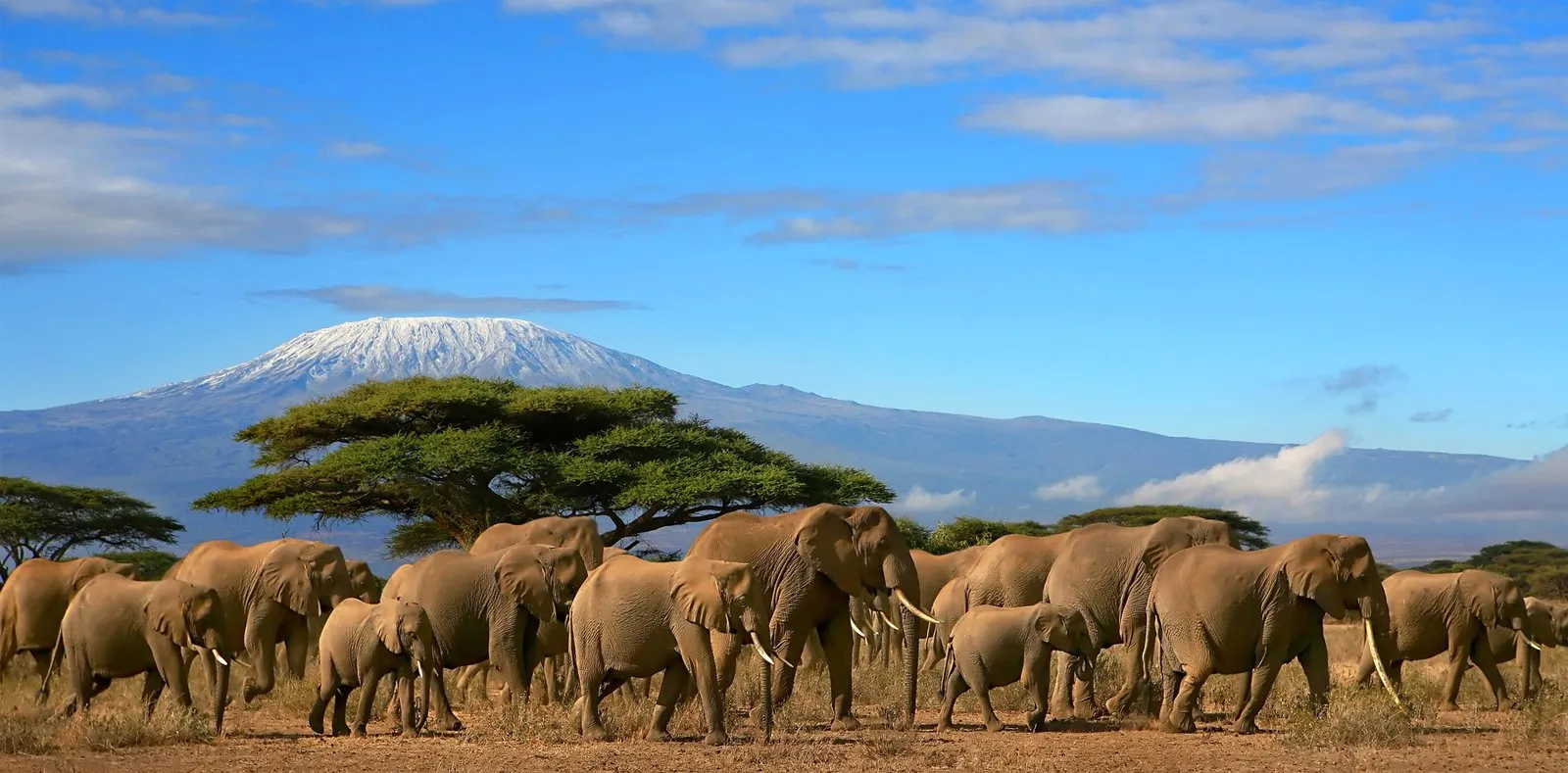The Serengeti Wildebeest Migration Safari is one of the most awe-inspiring wildlife experiences on the planet. Every year, millions of wildebeest, zebras, and gazelles traverse the vast plains of the Serengeti in search of greener pastures. This natural spectacle is not only a photographer’s dream but also a bucket-list adventure for travelers seeking an authentic African safari. If you’re planning a Serengeti Wildebeest Migration Safari, understanding the timing, logistics, and insider tips can elevate your experience from ordinary to extraordinary.
When to Experience the Serengeti Wildebeest Migration Safari
Timing is crucial when planning a Serengeti Wildebeest Migration Safari. The migration follows a seasonal pattern, driven by rainfall and the availability of fresh grazing. Generally, the wildebeest calving season occurs between January and March in the southern Serengeti. From April to May, the herds begin moving northwest, and by June to July, they cross the Grumeti River—a thrilling event often featured in documentaries. August to October brings the dramatic Mara River crossings in the northern Serengeti. Finally, November and December see the herds returning south to complete the cycle. Choosing the right month ensures you witness key migration highlights, whether it’s calving, river crossings, or massive herd movements.
Choosing the Right Safari Package
A Serengeti Wildebeest Migration Safari can be tailored to various travel styles, from luxury lodges to mobile tented camps. Luxury lodges offer comfort, guided tours, and stunning views, while mobile camps allow you to follow the migration closely, providing a more immersive experience. When booking your safari, ensure the operator has expertise in tracking the migration patterns. Many seasoned guides use real-time information to position travelers at prime viewing spots, maximizing the chances of witnessing river crossings or predator encounters. Booking early is highly recommended, especially during peak migration months, as accommodations fill up quickly.
Safari Essentials for the Serengeti Wildebeest Migration
Proper preparation can make or break your Serengeti Wildebeest Migration Safari. Lightweight clothing in neutral colors is ideal for blending into the landscape. Binoculars and a good camera with a zoom lens are essential for capturing distant wildlife. Don’t forget sun protection, including hats, sunscreen, and sunglasses, as the Serengeti sun can be intense. Staying hydrated is crucial, so carry reusable water bottles. Additionally, consult with your safari operator regarding vaccinations and health precautions, as this ensures a safe and comfortable experience during your Serengeti Wildebeest Migration Safari.
Insider Tips for the Ultimate Experience
- Early Morning Game Drives: Wildlife is most active during early mornings. Embarking on dawn drives increases your chances of spotting predators, wildebeest crossings, and unique interactions in the wild.
- Hire a Knowledgeable Guide: A local guide provides insights that you won’t find in travel books, from animal behavior to hidden gems in the Serengeti.
- Be Patient and Observant: The Serengeti is vast, and wildlife encounters may require waiting. Bring a journal or sketchbook to capture your observations.
- Respect Wildlife and Nature: Maintain a safe distance from animals and follow ethical safari practices to preserve the Serengeti ecosystem for future generations.
- Combine Multiple Parks: Consider including Ngorongoro Crater or Lake Manyara in your itinerary for a more diverse safari experience. These locations complement your Serengeti Wildebeest Migration Safari and provide additional wildlife viewing opportunities.
Photography Tips
Capturing the Serengeti Wildebeest Migration Safari on camera requires some preparation. Use a telephoto lens for close-ups of wildebeest crossings and predators. A tripod can help stabilize shots during early morning or late evening light. Consider the composition of your photos, including foreground elements like acacia trees, to add depth. Patience is key—some of the most memorable shots occur when wildlife behaves naturally, undisturbed by human presence. By planning ahead, your Serengeti Wildebeest Migration Safari photos can rival professional wildlife photography.
Where to Stay During the Safari
Accommodation choices on a Serengeti Wildebeest Migration Safari range from permanent lodges to mobile camps that move with the herds. Lodges offer comfort and amenities, making them ideal for families or travelers who prefer convenience. Mobile tented camps, on the other hand, provide unparalleled proximity to migration events, placing you right where the action unfolds. Some camps even specialize in river crossing vantage points, giving you front-row access to one of the most dramatic wildlife spectacles on Earth. Selecting the right type of accommodation enhances your Serengeti Wildebeest Migration Safari and ensures you get the most out of every day in the park.
Conclusion
A Serengeti Wildebeest Migration Safari is a once-in-a-lifetime adventure that immerses travelers in one of nature’s most extraordinary spectacles. From witnessing massive herds traverse the plains to capturing iconic predator-prey moments on camera, every aspect of the safari offers unmatched excitement and wonder. By planning your trip around the migration calendar, choosing the right accommodations, and following insider tips, you can experience the Serengeti Wildebeest Migration Safari in a way that is safe, enjoyable, and unforgettable. Whether you’re a wildlife enthusiast, photographer, or adventure seeker, this safari promises memories that will last a lifetime, making the Serengeti Wildebeest Migration Safari a truly bucket-list experience.



